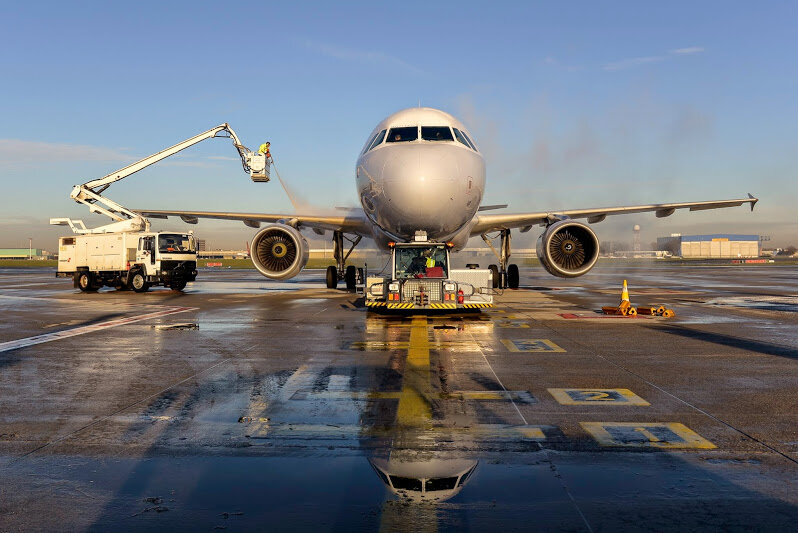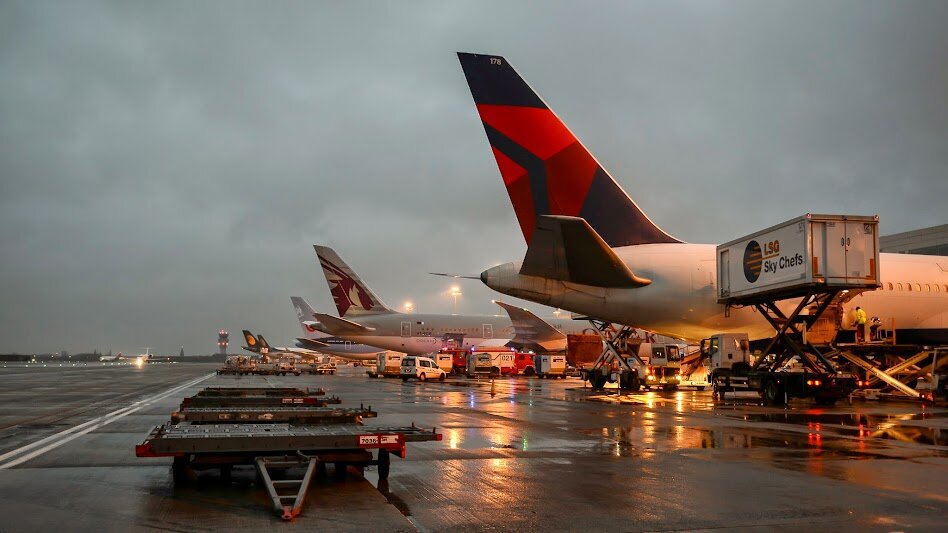Published Articles

Recruiting for Airport Diversity: Challenging Requirements
No business, including airports, operates in a vacuum. The environment in which each of us works is constantly changing. Competitive tension, evolving customer requirements and the ever-present stockholder expectations of growth and increased profit. This all comes together to put pressure on airport managers to do more with their limited resources, including people.
Then why would we limit ourselves to only a portion of humanity when it comes to building our teams?
What are generally considered the benefits of having a diverse workforce were outlined in my earlier article but actually getting a diverse workforce was only touched on in the diversity post. So let’s take a deeper look at recruitment and selection.

Airport People Power: Diversity
This is part three of a series where I explore concepts associated with people management, inspired by Greg Principato's post on the key concern of airport executives: people. Part one is on discipline and part two on development.
So far, we’ve discussed people management techniques that apply to your current workforce. This article relates more to building or replenishing your team in a way that should see its output increase. It is also a relatively controversial concept.
The reasons why workforce diversity is still a “special interest” activity rather than part of our “day to day” varies. It is likely to be a combination of poorly implemented corporate policy, fearful entrenched management and, even cultural prejudice (be it racism, sexism, agism, etc.). It might also be because diversity interventions can conflict with a person’s morals and values.

Airport People Power: Development
This is part two of a series where I explore concepts associated with people management, inspired by Greg Principato's post on the key concern of airport executives: people. The first article in the series looked at discipline.
There seem to be a million internet memes on developing your staff with the “what if we don’t and they stay” posting on LinkedIn on a seemingly four-week cycle. So, it seems almost needless to discuss why we need to invest in our teams but we will, briefly, and then will move into some ideas on development that won’t break the bank.

Airport People Power: Discipline
This is part one of a three part series on approaches to airport people power inspired by Greg Principato's post on a key concern of airport executives: people.
At some point in the careers of most airport managers, the job becomes less about technical expertise and more about leading people. There are plenty of books on leadership, business and management by more eloquent, intelligent and talented people than this author. But in recently building a new airport team and operating model in a challenging regional airport environment, three areas of focus came to the fore.
The first of these is operating discipline. This area is, by far, the most foundational. It takes significant work to set up but it has a long lasting effect.


Australia Airports Build: The Other End of the Line
The focus of post 2 of this series was the pressure currently being placed on the Brisbane Airport in Australia, in part, from a type of mining operation known as FIFO. Obviously, for the FIFO concept to work there need to be airports at the other end of the sector and that is the topic of this post.
As introduced, FIFO (Fly-In-Fly-Out) is a resourcing tool for remote and regional mine sites to staff their operations from larger population bases and locations offering a better lifestyle.

Happy Birthday to Me!
New Airport Insider missed its first birthday, can you believe it? We published the first post on 4 October 2013 but forgot to celebrate our 1 year of existence. Today, 30 airport articles later, we want to share with you a bit of the journey with a few words from each of the team members.

Australia Airports Build: Brisbane Airport Under Pressure
Fuelled by the commencement of the Asian century, Australia's resource sector has experienced a significant boom but with its natural resources often located in regional and remote locations, mining companies had to come up with attractive models for manning their operations.
It has been during this period that FIFO (Fly-In, Fly-Out, pronounced Fye-Foe) has become almost industry standard. FIFO involves all or part of a mine site's workforce flying in from a city to work and live on site for a week or two and then flying home for a week or two before starting the process again (this is often called a swing).
